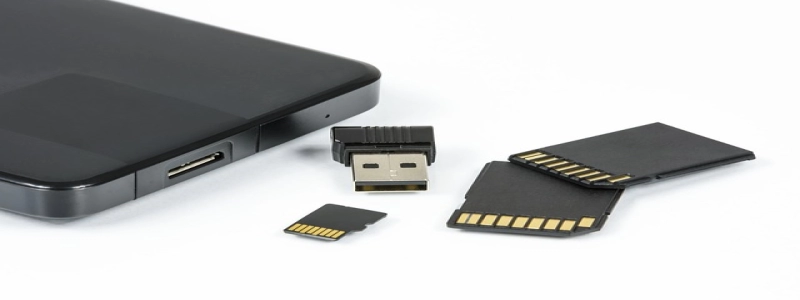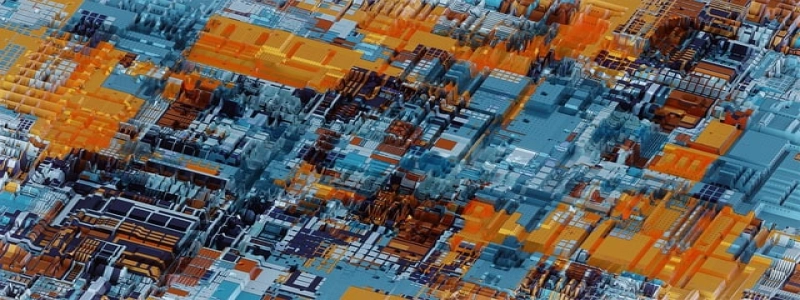Ethernet Extension Cable
Introduction:
Ethernet extension cables are used to extend the reach of Ethernet connections. They allow users to extend the distance between their devices and the Ethernet router, switch or modem. This article will provide a detailed explanation of Ethernet extension cables and their benefits.
I. What is an Ethernet Extension Cable?
An Ethernet extension cable is a type of cable that is specifically designed to extend the reach of Ethernet connections. It is used to connect Ethernet-enabled devices such as computers, gaming consoles, and smart TVs to a network router or modem. The cable contains multiple twisted pairs of copper wire, which allow for fast and reliable data transmission.
II. Benefits of Ethernet Extension Cables:
1. Increased Range: Ethernet extension cables allow users to connect devices that are located at a considerable distance from the router or modem. This is particularly useful in homes or offices where the Ethernet connection point is in a different room or on a different floor.
2. Reduced Interference: Ethernet cables are less susceptible to interference from electrical equipment or other wireless devices compared to Wi-Fi. By using an Ethernet extension cable, users can ensure a stable and uninterrupted connection for their devices.
3. Faster Data Transfer: Ethernet cables are capable of transmitting data at very high speeds, often reaching up to 10 gigabits per second (Gbps). This is much faster than most Wi-Fi connections, which are usually limited to a few hundred megabits per second (Mbps). By using an Ethernet extension cable, users can take full advantage of these high speeds and enjoy faster downloads, streaming, and online gaming.
4. More Secure Connection: Wi-Fi signals can be intercepted by unauthorized users, compromising the security of the network. Ethernet cables provide a more secure connection as the physical cable needs to be plugged directly into the device. This makes it much harder for external sources to gain unauthorized access to the network.
III. Choosing the Right Ethernet Extension Cable:
When selecting an Ethernet extension cable, there are a few factors to consider:
1. Cable Length: Choose a cable length that will comfortably reach the desired device without any tension or excess cable. It is always better to choose a slightly longer cable to allow for flexibility in positioning the devices.
2. Cable Category: Ethernet cables are categorized by their transmission speed capabilities. Common categories include Cat5e, Cat6, and Cat7. Choose a cable category that matches the speed capability of the network router or modem to ensure optimal performance.
3. Quality: Opt for high-quality cables from reputable manufacturers to ensure reliable and durable performance. Lower quality cables may degrade over time and affect the signal quality.
Conclusion:
Ethernet extension cables are an essential tool for extending the reach of Ethernet connections. They offer numerous benefits, including increased range, reduced interference, faster data transfer, and a more secure connection. When choosing an Ethernet extension cable, consider factors such as cable length, category, and quality to ensure optimal performance.







